This article provides an overview of the most common symbols for fuses, circuit breakers, disconnect switches, and related protection devices in use today. Both ANSI/IEEE and IEC standards are referenced. Application notes are also provided to aid in the proper interpretation and use of these symbols when reading or creating electrical schematics. A handy reference when working with protection schemes across various voltage levels and applications.
Download fuses & circuit breakers symbols in JPG ► Download fuses & circuit breakers symbols in PDF ►
See also: electrical contacts symbols ►
| Symbol | Description | Notes |
|---|---|---|
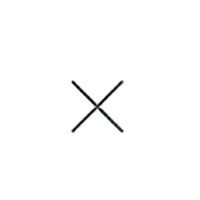 |
Name: Circuit breaker function
Source: IEC 60617-2019 |
– |
 |
Name: Circuit breaker
Source: IEC 60617-2019, IEC 60417-2020, ANSI/IEEE Std 315A-1986 |
– |
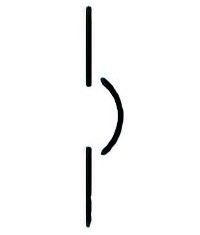 |
Name: Circuit breaker, general
Source: ANSI/IEEE Std 315A-1986 |
– |
 |
Name: Air circuit breaker
Source: ANSI/IEEE Std 315A-1986 |
A1 |
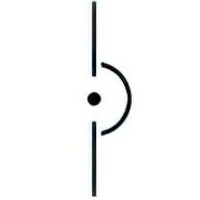 |
Name: Network protector
Source: ANSI/IEEE Std 315A-1986 |
– |
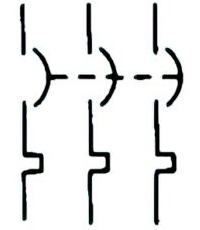 |
Name: 3-pole circuit breaker with thermal-overload device in all 3 poles
Source: ANSI/IEEE Std 315A-1986 |
– |
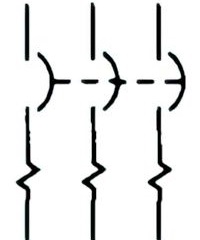 |
Name: 3-pole circuit breaker with magnetic-overload device in all 3 poles
Source: ANSI/IEEE Std 315A-1986 |
– |
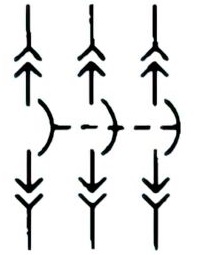 |
Name: 3-pole circuit breaker, drawout type
Source: ANSI/IEEE Std 315A-1986 |
– |
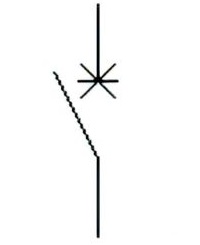 |
Name: Disconnecting circuit breakerRemark: This symbol shall be used only if breaking and isolating are functionally integrated and controlled as one action.
Source: IEC 60617-2019 |
A2 |
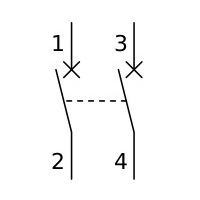 |
Name: Circuit Breaker 2P
Alternative names: Double pole circuit breaker, MCB 2P Based on IEC 60617-2019 |
– |
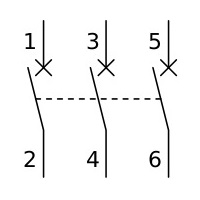 |
Name: Circuit Breaker 3P
Alternative names: MCB 3P Based on IEC 60617-2019 |
– |
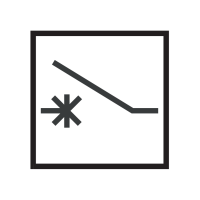 |
Name: Disconnecting circuit breaker
Source: IEC 60417-2020 |
A3 |
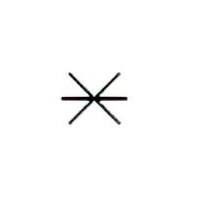 |
Name: Disconnecting circuit breaker function
Symbol restrictions: This symbol shall be used only if breaking and isolating are functionally integrated and controlled as one action. Source: IEC 60617-2019 |
– |
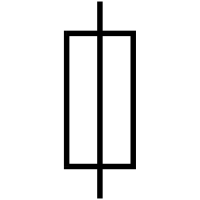 |
Name: Fuse, general symbol
Source: IEC 60617-2019, IEC 60417-2020, ANSI/IEEE Std 315A-1986 |
– |
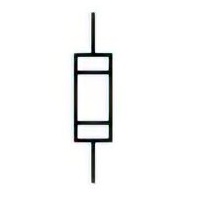 |
Name: Fuse (one-time thermal currentoverload device)
Source: ANSI/IEEE Std 315A-1986 |
– |
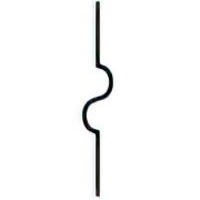 |
Name: Fuse, IEEE / ANSI system
Source: ANSI/IEEE Std 315A-1986 |
– |
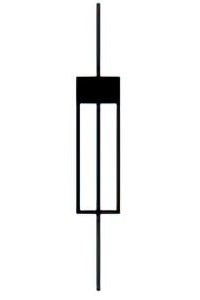 |
Name: Fuse
Remark: The side that remains live after blowing is indicated by a thick line. Source: IEC 60617-2019 |
– |
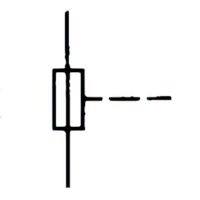 |
Name: Fuse; Striker fuse
Remark: With mechanical linkage. Source: IEC 60617-2019, ANSI/IEEE Std 315A-1986 |
– |
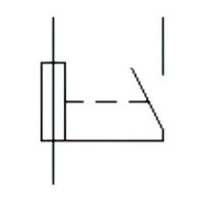 |
Name: Fuse with alarm contact
Remark: With alarm contact, three terminals. Source: IEC 60617-2019, ANSI/IEEE Std 315A-1986 |
– |
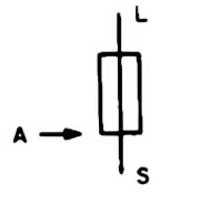 |
Name: Fuse with alarm contact
Source: ANSI/IEEE Std 315A-1986 |
A4 |
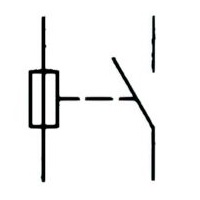 |
Name: Fuse with separate alarm
Remark: With separate alarm circuit. Source: IEC 60617-2019, ANSI/IEEE Std 315A-1986 |
– |
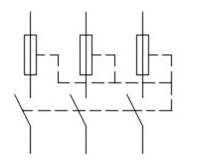 |
Name: Three-pole switch with striker fuses
Remark: With automatic release by any one of the striker fuses. Source: IEC 60617-2019 |
– |
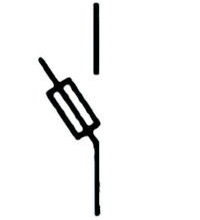 |
Name: Fuse-switch
Source: IEC 60617-2019, ANSI/IEEE Std 315A-1986 |
– |
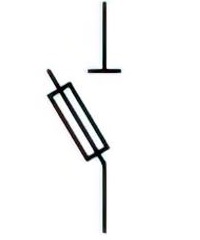 |
Name: Fuse-disconnector; Fuse isolator
Source: IEC 60617-2019 |
– |
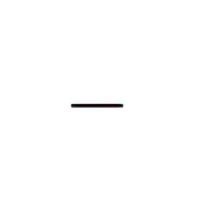 |
Name: Disconnector (isolator) function
Source: IEC 60617-2019, ANSI/IEEE Std 315A-1986 |
– |
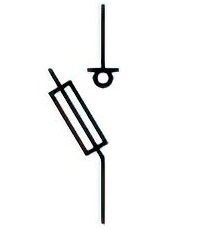 |
Name: Fuse switch-disconnector; On-load isolating fuse switch
Source: IEC 60617-2019 |
– |
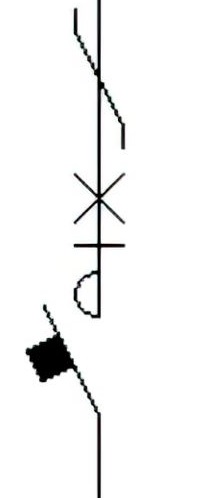 |
Name: Multiple-function switching device
Source: IEC 60617-2019 |
A5 |
Symbols of Fuses, Circuit Breakers and Electrical Protections
A1:

Air circuit breaker, if distinction is needed; for alternating-current circuit breakers rated at 1500 volts or less and for all direct-current circuit breakers.
A2:
Locking of the breaker in the isolated position shall normally be performed as a separate, additional action.
If the two functions breaking and isolating are controlled as separate actions (also if integrated in into one component), the symbols  (Circuit breaker function) and
(Circuit breaker function) and  (Disconnector function) should be used and combined with the symbol
(Disconnector function) should be used and combined with the symbol 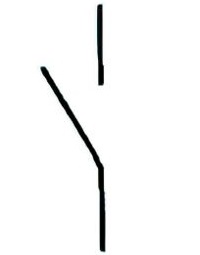 (Switch) as indicated in symbol
(Switch) as indicated in symbol  (Multiple-function switching device).
(Multiple-function switching device).
A3:
To identify the circuit breaker with breaking and isolating being functionally integrated and controlled as one action; Locking of the breaker in the isolated position shall normally be performed as a separate, additional action.

A4:
When fuse blows, alarm bus A is connected to power supply bus S. The letters S (supply), L (load), and A (alarm circuit) are for explanation only, and are not part of the symbol
A5:

The represented multi-function switching device contains: reversing function, circuit breaker function, disconnector function, contactor function and automatic tripping function, as indicated through application of the relevant function symbols. The reversing function is indicated by the symbol for phase interchange. When the symbol is used, the symbol elements for not applicable functions shall be omitted.
